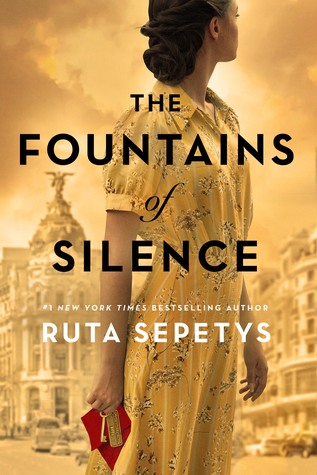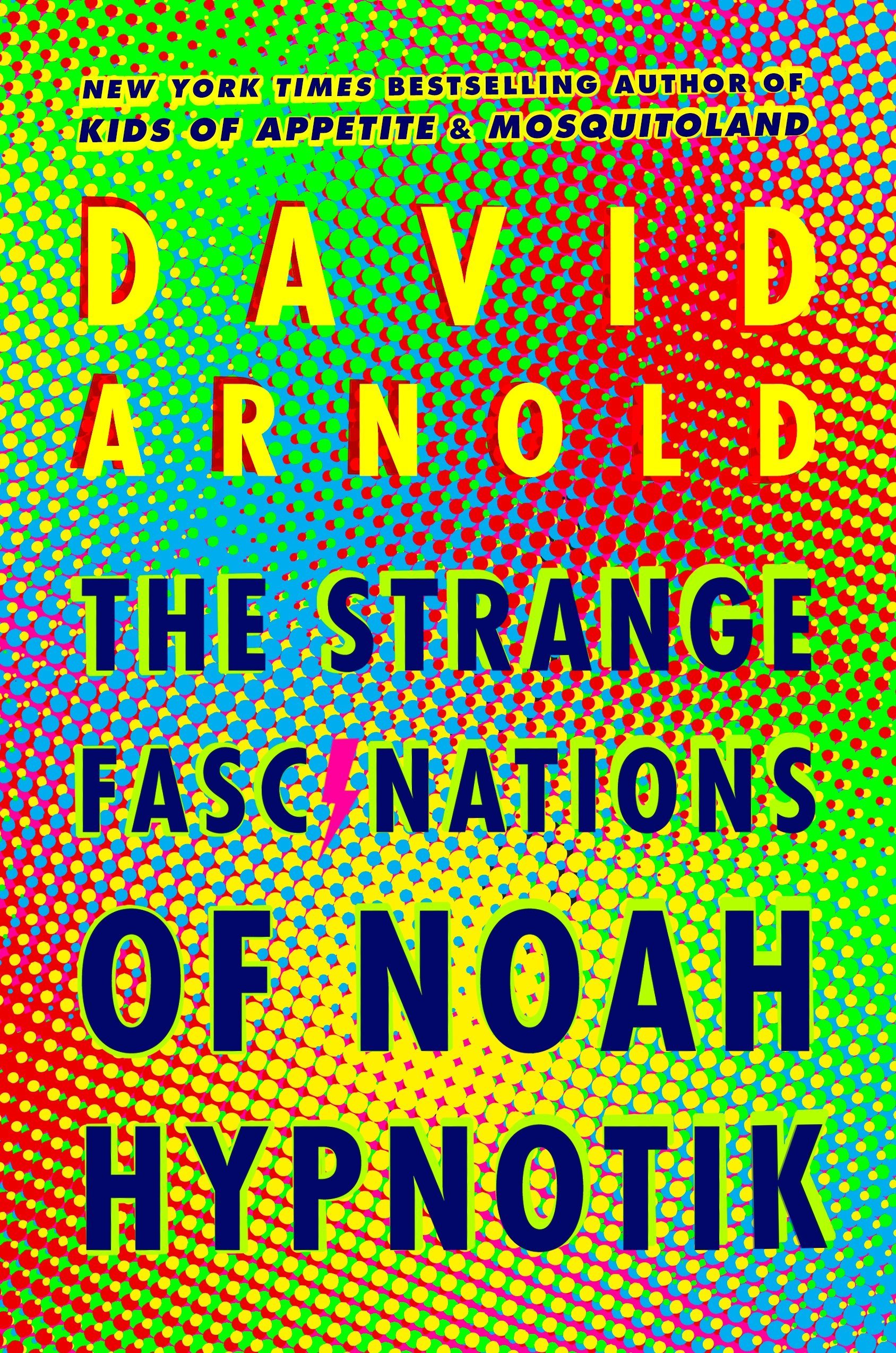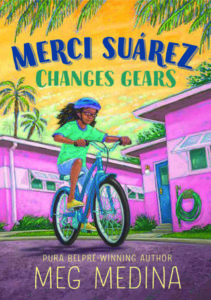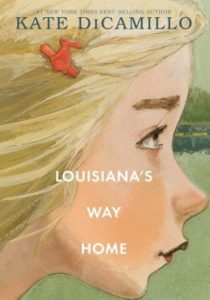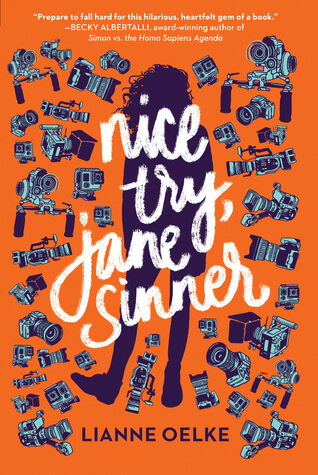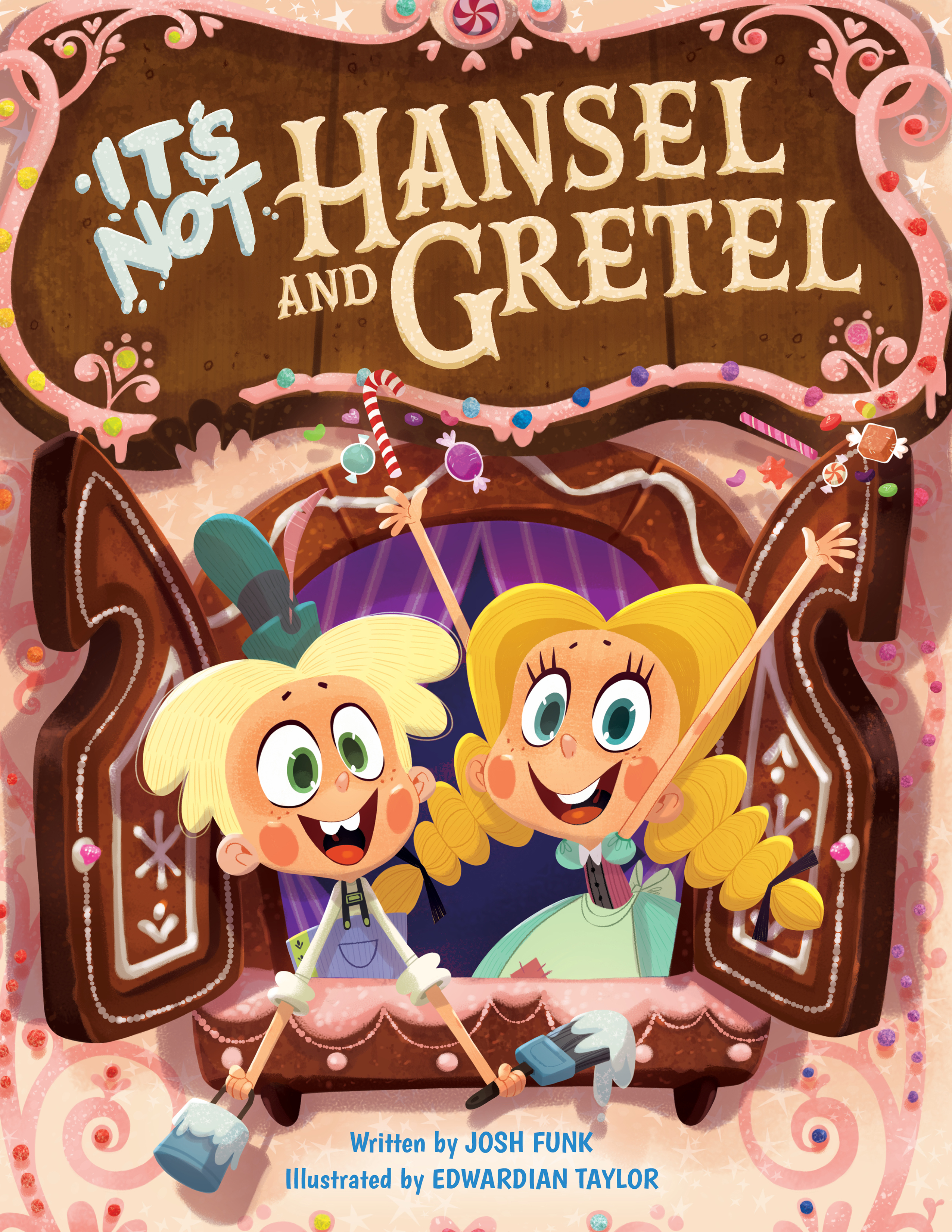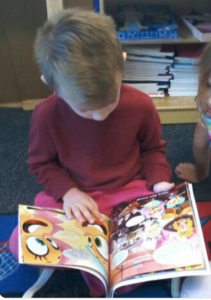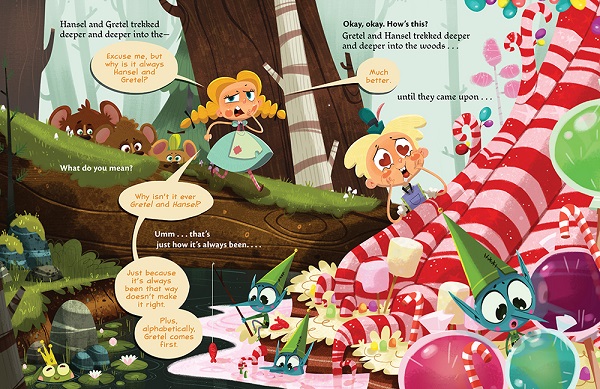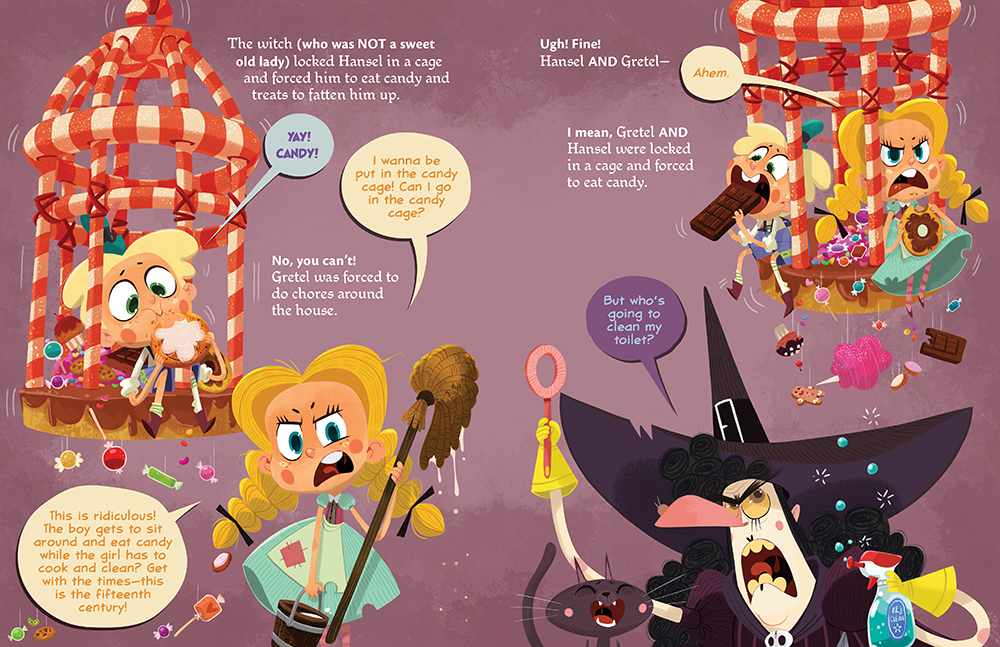Fountains of Silence
Author: Ruta Sepetys
Published: October 1, 2019 by Philomel Books
GoodReads Summary: A portrait of love, silence, and secrets under a Spanish dictatorship.
Madrid, 1957. Under the fascist dictatorship of General Francisco Franco, Spain is hiding a dark secret. Meanwhile, tourists and foreign businessmen flood into Spain under the welcoming promise of sunshine and wine. Among them is eighteen-year-old Daniel Matheson, the son of an oil tycoon, who arrives in Madrid with his parents hoping to connect with the country of his mother’s birth through the lens of his camera. Photography–and fate–introduce him to Ana, whose family’s interweaving obstacles reveal the lingering grasp of the Spanish Civil War–as well as chilling definitions of fortune and fear. Daniel’s photographs leave him with uncomfortable questions amidst shadows of danger. He is backed into a corner of difficult decisions to protect those he loves. Lives and hearts collide, revealing an incredibly dark side to the sunny Spanish city.
Includes vintage media reports, oral history commentary, photos, and more.
My Review: This book rocked me. It is so beautifully written, and I felt so lucky to be able to share it with others at NCTE this year. Because I have so many teaching ideas for this book, I am organizing this post a bit differently and focusing on many more teaching tools than usual. I hope that the information below helps other teachers use this book in their classrooms. It is so worthy of being read, studied, and loved.
Inquiry to Consider the Complexity of The Fountains of Silence:
The Connection of People: Ana, Daniel, Rafa, Fuga, Julia, Puri
“Some friendships are born of commonality. Others of proximity. And some friendships, often the unlikely ones, are born of survival” (p. 53).
Place as Character
The Castellana Hilton Madrid and Madrid
“After all, a hotel is a house of secrets” (p. 171).
“Madrid’s soil is untender, strong, and enduring like many who walk upon it” (p. 457).
Gender Norms
“Estamos más guapas con la boca cerrada. We are prettier with our mouths shut” (p. 240, 243, 300).
Social Class
“What lies outside the country’s borders is untouchable for families like hers” (p. 47).
Family Responsibility
“Julia needs the wages to feed her family and pay their debts” (p. 63).
“The family business needs you” (p. 82).
Human resilience
“It’s warrior skin, very strong” (p. 113)
Secrets
“There is a category of unspeakable things, a dark drawer where inexpressible truths live in exile” (p. 240).
Dreams
“Ana is tired of silence, tired of unanswered questions, and tired of secrets. A girl of patched pieces, she dreams of new beginnings. She dreams of leaving Spain” (p. 24).
Fountains of Silence
Analysis of the power of the title. Whose stories are heard? Whose are silenced?
Culminating Project Idea: Multigenre Inquiry Project
The Fountains of Silence is story which uses layered writing to illuminate the fear and terror that people experienced under Franco’s fascist regime. The novel reveals the brute strength and resilience of the people during the time period. Select a time and place in history to research. Consider researching a time and place which is deeply connected with your own story. Read the narratives of the people and develop a multigenre project which reflects your learning. You might include fictional narratives of stories you create, nonfiction excerpts that you find in your research, a photo essay which includes photos you find in your research. Whatever the final form, your culminating project should include various types of writing and media and demonstrate your knowledge about the time and place you selected to research.
Recommended For:
